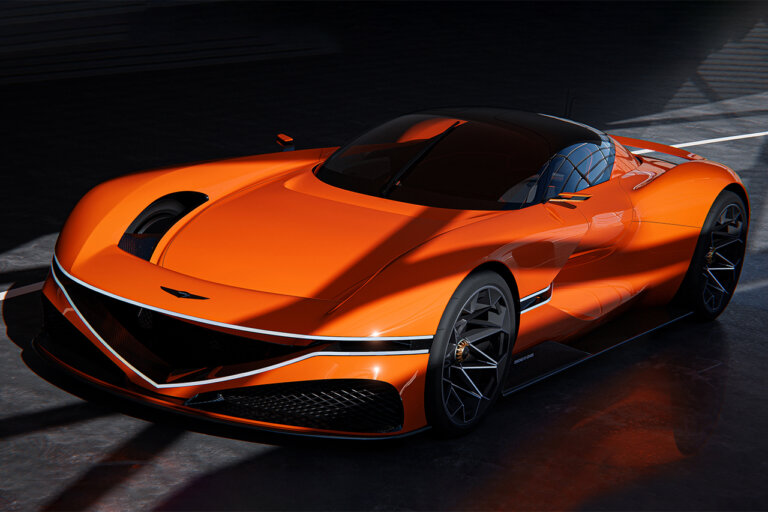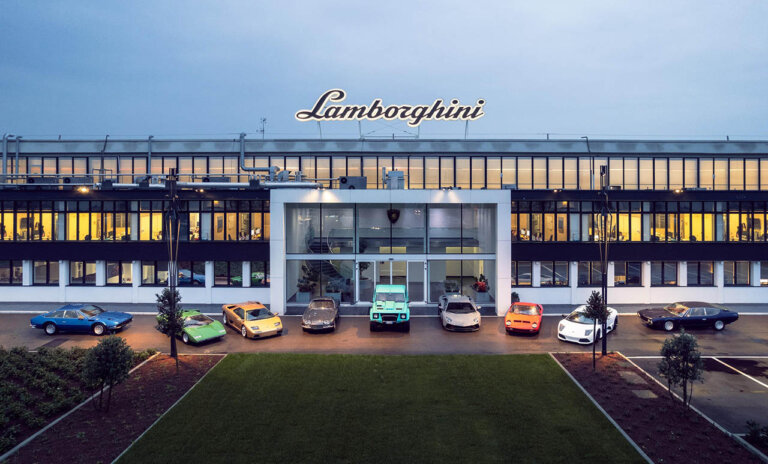Evolution IV-VII (1996-2003)
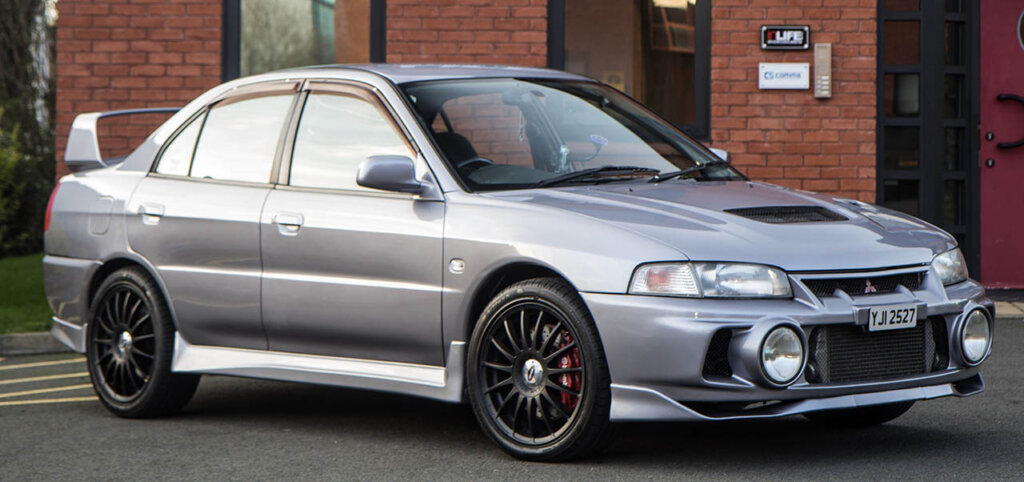
Source: MatthewBedsworth via WikimediaCommons
Evolution IV-VII (1996-1998)
In 1996, Mitsubishi introduced a redesigned Lancer platform, along with two updated versions of the Evolution: the RS and GSR. The RS, abbreviation for “Rally Sport” was primarily designed for competition and featured a limited-slip front differential and a friction-type LSD at the rear. It came with GLX seats and a choice of either 15-inch or 16-inch OZ lightweight racing wheels. The RS also had wind-up windows, optional air conditioning in some models, and additional brace bars for chassis reinforcement, including one behind the front grille and another across the boot floor. An aluminum rear strut tower brace was also included.

| Trim | Production | Engine | Power | Transmission | Drivetrain |
| Evo IV | 1996 – 1998 | 2.0L 4G63T I4 Turbocharged | 276 HP / 280 PS / 206 kW | 5-Speed Manual | AWD |
The GSR, short for “Gran Sport Racing,” featured a 5-speed manual transmission, Active Yaw Control (AYC), anti-lock brakes, black-red Recaro front bucket seats, full auto air conditioner, double-din audio with a rear windscreen integrated antenna, PIAA front fog lights, power windows, 16-inch OZ Racing F1 wheels, and a rear windscreen wiper. Optional features included a sunroof and a Lamco-Mitsubishi boost gauge.
Evolution V (1998-1999)

Source: Jones028 via Flickr
| Trim | Production | Engine | Power | Transmission | Drivetrain |
| Evo V | 1998 – 1999 | 2.0L 4G63T I4 Turbocharged | 276 HP / 280 PS / 206 kW | 5-Speed Manual | AWD |
The Mitsubishi Evolution V underwent significant changes across various aspects. In the GSR version, the interior received an upgrade with improved Recaro seats. The body kit featured flared arches at the front and rear, while a new aluminum rear spoiler replaced the previous version and allowed for adjustable rear downforce. These alterations resulted in the Evolution V being classified as a larger car according to Japanese regulations, leading to increased taxes for Japanese owners. The engine received enhancements for improved reliability. The turbocharger was further improved, resulting in an increase of 373 N⋅m (275 lb⋅ft) at 3,000 rpm. Power stayed the same, at 280 PS (206 kW; 276 hp). The Evolution V was available in two versions, the RS with rally-oriented features and the GSR with additional amenities and advanced control systems.

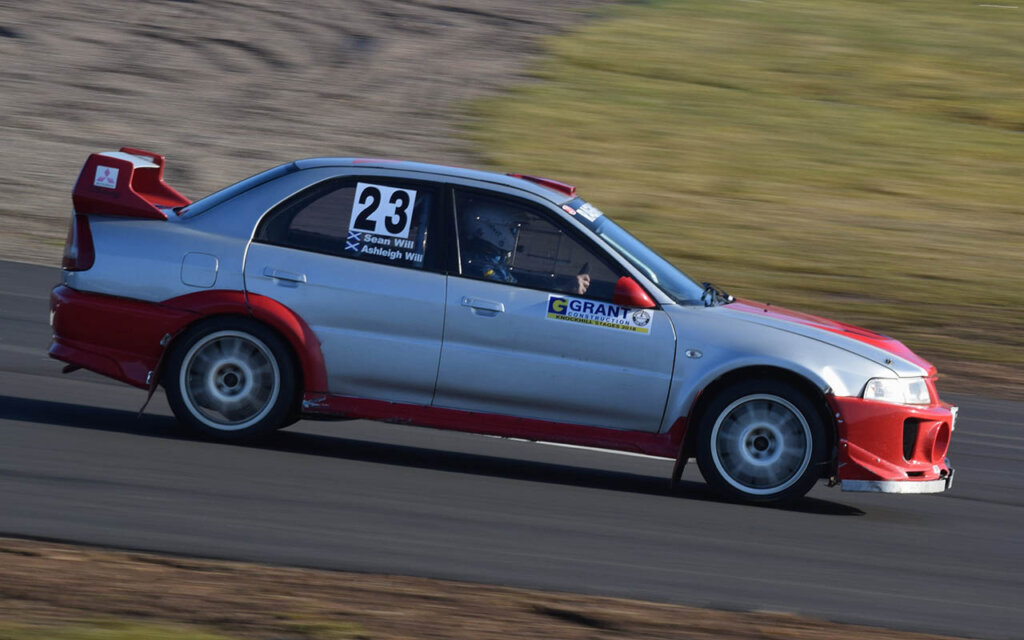
Evolution VI (1999-2001)
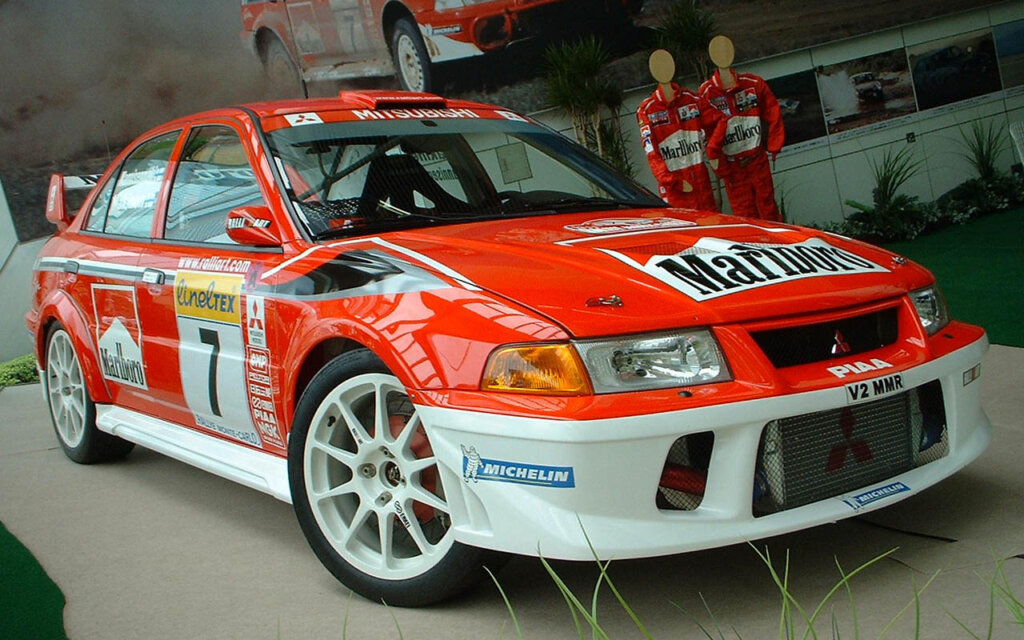
Source: 100yen via Wikipedia
| Trim | Production | Engine | Power | Transmission | Drivetrain |
| Evo VI | 1999 – 2001 | 2.0L 4G63T I4 Turbocharged | 276 HP / 280 PS / 206 kW | 5-Speed Manual | AWD |
The Evolution VI brought notable improvements to enhance cooling and engine durability. It introduced a larger intercooler, oil cooler, and new pistons, with the RS model featuring a titanium-aluminide turbine wheel, a groundbreaking feature for a production car. The engine produced an output of 280 PS (276 hp; 206 kW) at 6,500 rpm and maximum torque of 373 N⋅m (275 lb⋅ft) at 3,000 rpm. The Evolution VI also underwent bodywork revisions, with noticeable changes in the front bumper that saw the fog lights being resized and repositioned for improved airflow.
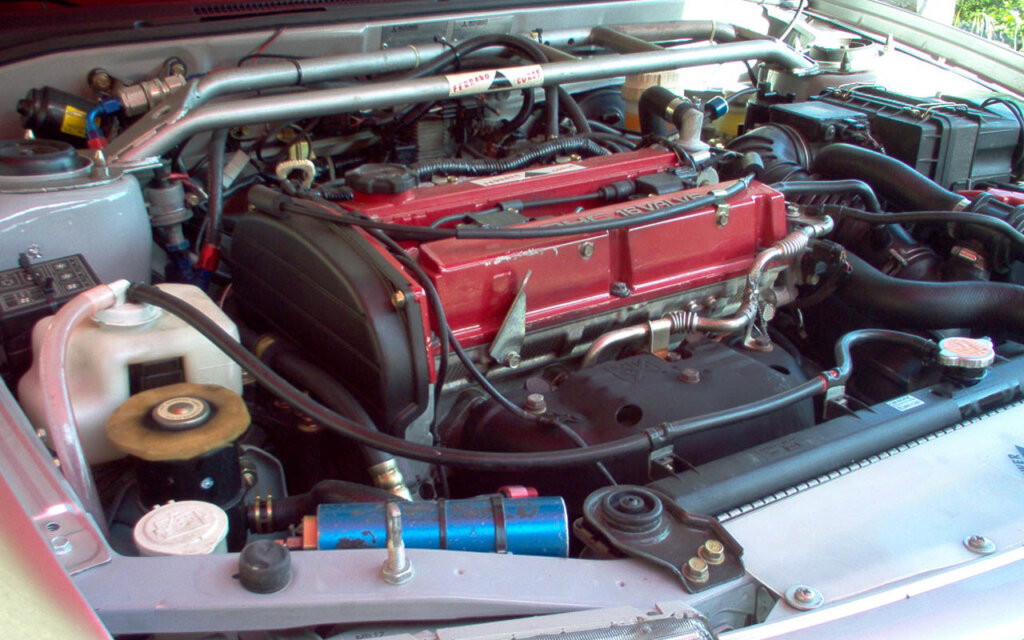
Two new variants joined the GSR and RS lineup: the RS2, which incorporated some of the GSR’s options, and the RS Sprint, a limited edition tuned by Ralliart in the UK for lighter weight and increased power. Another remarkable release was the Tommi Mäkinen Edition, a special edition paying tribute to the Finnish rally driver who secured four WRC drivers championships for Mitsubishi. This edition featured unique styling elements, such as a distinct front bumper, red/black Recaro seats with embossed T. Mäkinen logo, 17-inch white Enkei wheels, and various performance enhancements. A total of 4,092 units were produced, maintaining the iconic exterior design of its predecessor, the Evolution V.
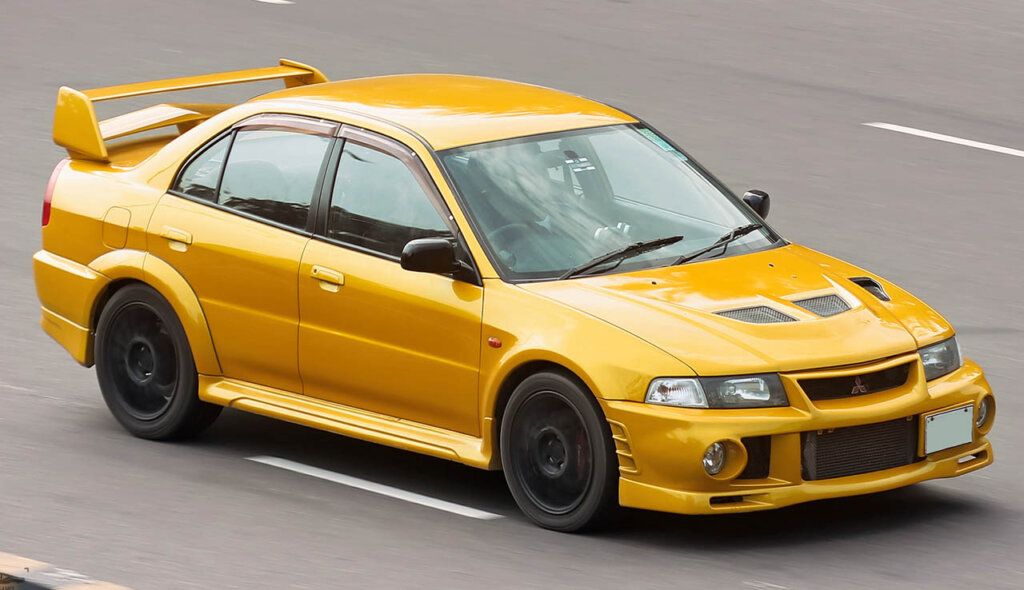
Evolution VII (2001-2003)
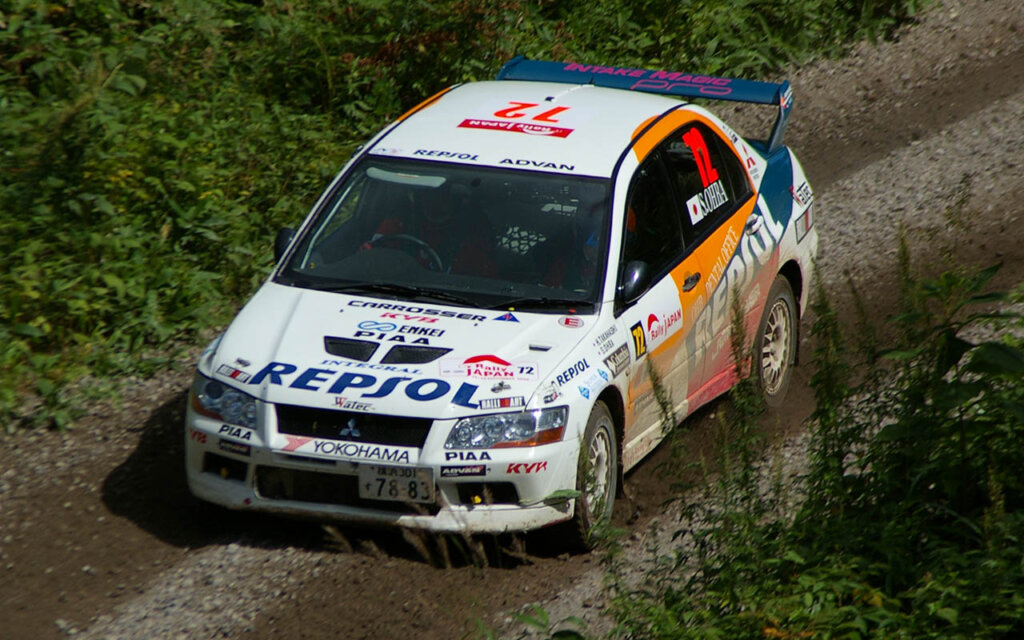
Source: 100yen via Wikimedia Commons
| Trim | Production | Engine | Power | Transmission | Drivetrain |
| Evo VII | 2001 – 2003 | 2.0L 4G63T I4 Turbocharged | 276 HP / 280 PS / 206 kW | 5-Speed Manual 5-Speed Automatic | AWD |
In 2001, Mitsubishi faced new regulations from the FIA for the World Rally Championship (WRC), requiring them to build cars according to WRC rules instead of the Group A class rules. This resulted in the Evolution VII, which was based on the larger Lancer Cedia platform, making it heavier than its predecessor, the Evolution VI. However, Mitsubishi compensated for the increased weight by implementing significant chassis enhancements. The most notable change was the addition of an active center differential and a more effective limited-slip differential, along with a front helical limited-slip differential. The engine underwent tweaks to allow greater airflow, resulting in a torque increase to 385 N⋅m (284 lb⋅ft), while horsepower remained at 280 PS (206 kW; 276 hp).

With the introduction of the Evolution VII, Mitsubishi included an automatic drivetrain option for the first time in the model lineup called the GT-A. The GT-A variant, produced only in 2002, featured distinct interior and exterior specifications. It had diamond-cut finish 17-inch alloy wheels, clear rear light lenses, and different headlights compared to the standard Evolution VII models. The GT-A also offered various spoiler options and a smooth bonnet without air-grills, designed for improved aerodynamics at high speeds. The interior of the GT-A showcased chromed door handles, a modified instrument panel, and additional sound deadening for enhanced comfort. The 5-speed automatic gearbox in the GT-A employed “fuzzy logic” technology, adapting gear change timings and kick down reactions based on the driver’s behavior. Although slightly lower in power compared to the manual version, the GT-A provided a more refined driving experience.


